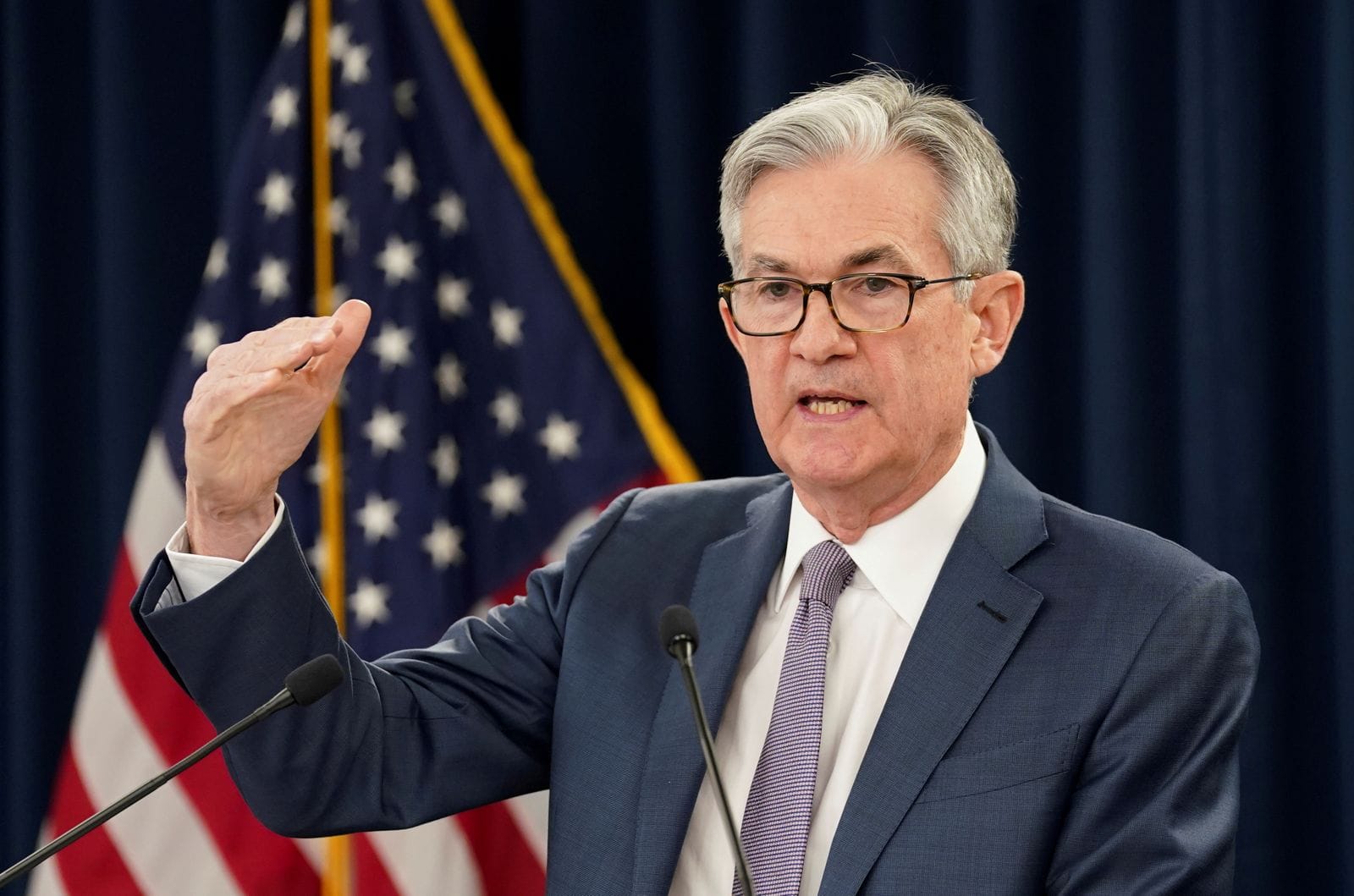Federal Reserve Chair Jerome Powell recently engaged in a meeting with the President, focusing on pressing economic issues that are influencing the trajectory of the United States economy. This dialogue comes at a crucial time as the nation navigates a complex landscape characterized by fluctuating inflation rates, labor market challenges, and ongoing geopolitical uncertainties.
The atmosphere during the meeting was reported to be collaborative, with both leaders emphasizing the need for a united approach to tackle the economic challenges facing Americans. One of the primary topics of discussion was the current state of inflation, which has been a central concern for both the Administration and the Federal Reserve. Chair Powell outlined the multifaceted nature of inflationary pressures, attributing them partially to supply chain disruptions exacerbated by global events.
In recent months, inflation has reached levels not seen in decades, prompting heightened scrutiny of monetary policy decisions. Chair Powell explained to the President the targeted measures the Federal Reserve is considering to counteract these pressures, including adjustments in interest rates. The meeting aimed to ensure that both the executive branch and the central bank remain in sync as they adapt to rapidly changing economic indicators.
Moreover, the discussion delved into the labor market, which continues to show signs of recovery but is not without its challenges. Chair Powell noted that while job creation has been robust, certain sectors still experience labor shortages. This uneven recovery presents unique challenges that could, in turn, affect wage growth and consumer spending, essential components of the overall economic health.
Both leaders acknowledged the importance of bolstering consumer confidence, which is critical for sustained economic growth. Chair Powell elaborated on how the Federal Reserve is monitoring consumer sentiment and spending patterns, as these are key indicators of the economy’s direction. The President expressed a shared concern about the potential long-term implications of current economic conditions on working families, underlining the Administration’s commitment to supporting initiatives aimed at economic stability and growth.
The conversation also touched upon fiscal policies and stimulus measures that have been implemented to stimulate the economy during the pandemic. Chair Powell reiterated the need for a balanced approach, stating that while fiscal support has played a vital role in economic recovery, a nuanced strategy must be adopted moving forward to prevent overheating.
Additionally, both Chair Powell and the President addressed the importance of sustainable economic practices, particularly in light of climate change and its implications for the economy. The President emphasized the need for policies that promote renewable energy and sustainable job creation. Chair Powell agreed that the Federal Reserve must consider long-term economic resilience, which includes planning for environmental factors that could disrupt economic stability.
Despite the gravitas of the topics discussed, the meeting served as a reminder of the intertwined nature of monetary policy and government fiscal actions. By synchronizing efforts, both the Federal Reserve and the Administration can better serve the public interest, particularly in ensuring broad-based economic recovery. However, navigating this complex landscape requires careful consideration, strategic planning, and ongoing dialogue.
As the meeting concluded, both leaders expressed their commitment to remaining engaged and informed about the evolving economic landscape. They agreed to continue these discussions as necessary, recognizing that regular communication between the Federal Reserve and the Administration is vital to addressing economic challenges holistically.
In conclusion, Chair Powell’s meeting with the President underscores the collaborative efforts needed to tackle the economic issues plaguing the nation. With inflationary pressures, labor market challenges, and the overarching goal of sustainable recovery, a unified strategy is essential. As the dialogue between these leaders continues, it remains crucial for the American public to watch closely how these discussions manifest into concrete policies that directly affect everyday lives. The collaborative relationship between the Fed and the Administration will be a pivotal factor in navigating the complexities of the U.S. economy in the coming years.



